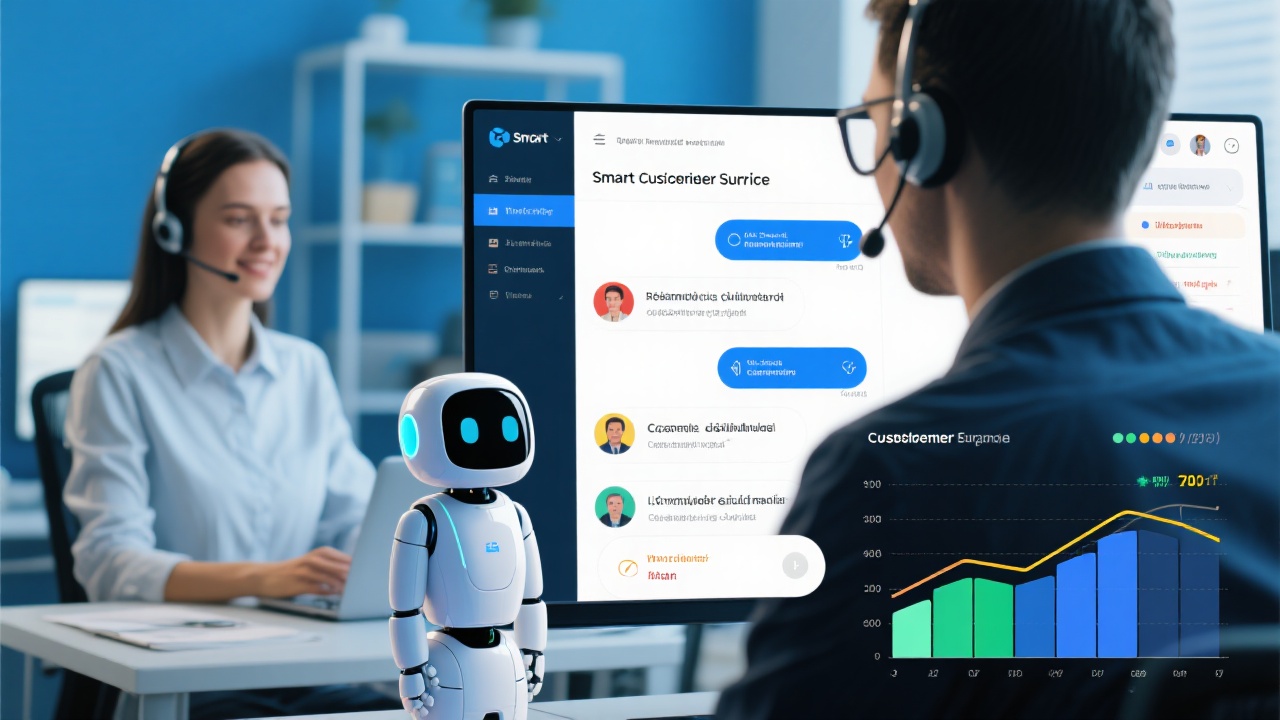In the global B2B export industry, one of the biggest challenges new sales professionals face is identifying the right target customers. Working in the export trade for nearly two decades, I’ve observed that newcomers often waste precious resources chasing the wrong leads because they lack an effective customer profiling strategy. This article breaks down how novice exporters can systematically pinpoint high-value customers via a five-stage process: demand analysis, competitor observation, market evaluation, persona building, and channel application. You’ll find actionable insights supported by industry data and real-world examples to help you cut through market noise and increase your conversion rates efficiently.
Demand analysis forms the foundation of target customer selection. Instead of broadly guessing what buyers want, dive deep using both qualitative and quantitative market research tools. According to International Trade Centre research, exporters who conduct focused demand assessments report up to a 30% higher lead conversion rate.
Start with these steps:
This demand-centric approach prevents you from chasing low-potential segments, saving time and cost.
Competitive analysis reveals where your rivals focus and highlights underserved niches. For example, a recent case involving a Southeast Asian electronics exporter found competitors overwhelmingly targeting Tier-1 cities, while Tier-2 city demand was steadily increasing 12% year-over-year.
Key activities include:
By positioning yourself where competitors are weak, your outreach becomes more targeted and successful.
After demand and competition insights, segment your market based on geography, industry, company size, and buying capacity. Research by McKinsey shows exporters who apply segmentation strategies improve revenue growth rates by roughly 15%.
For instance, in the machinery sector, separating heavy equipment buyers from small tool distributors enables tailored messaging and product proposals.
| Segment | Characteristics | Buyer Needs |
|---|---|---|
| Large Enterprises | >500 employees, global reach | Custom solutions, stable supply chains |
| SMEs | 10-500 employees, regional focus | Cost efficiency, flexible MOQ |
| Startups | Under 50 employees, innovation-driven | Rapid prototyping, scalability |
Now that market segments are clear, create detailed buyer personas capturing demographics, business challenges, procurement processes, and communication preferences.
This model acts as a “customer blueprint” to personalize your marketing and sales tactics. For beginners, factor in:
Case Example: A European chemical exporter constructed a persona for mid-size Asian manufacturers experiencing regulatory compliance challenges. By tailoring content to address certifications and local documentation needs, their quote-to-order conversion increased by 40% within six months.

Identifying your buyers is just half the battle; next comes connecting on the right platforms. New exporters typically err by adopting a shotgun approach, diluting effort across irrelevant channels.
Prioritize channels based on your persona’s preferences, such as:
By consolidating your outreach on carefully selected channels, you optimize your lead quality and reduce resource waste.

Leveraging the right tools can streamline your customer identification drastically:
| Tool | Purpose | Key Features |
|---|---|---|
| Statista | Market data & industry reports | Reliable stats, forecast trends, export/import insights |
| LinkedIn Sales Navigator | B2B lead prospecting | Advanced filters, company insights, personalized outreach tools |
| Google Trends | Demand signals & trend spotting | Keyword frequency, regional interest, seasonal spikes |

In my experience, exporters who strictly follow these steps reduce cold lead wastage by over 50% and see a significant boost in sales pipeline quality within six months.
Are you new to export? Facing challenges in finding the right buyers? Discover 3 Proven Customer Profiling Cases That Boost Export Sales—tailored just for your industry and expertise level.
.png?x-oss-process=image/resize,h_100,m_lfit/format,webp)
.png?x-oss-process=image/resize,h_100,m_lfit/format,webp)

.png?x-oss-process=image/resize,h_100,m_lfit/format,webp)
.png?x-oss-process=image/resize,h_100,m_lfit/format,webp)
.png?x-oss-process=image/resize,h_100,m_lfit/format,webp)
.png?x-oss-process=image/resize,h_100,m_lfit/format,webp)
